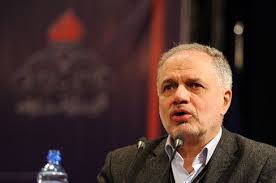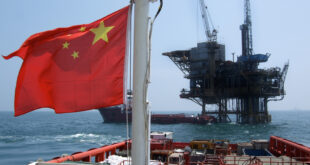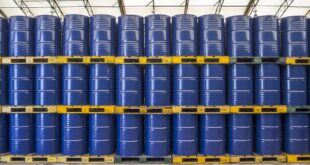Almost $65 million (2.5 trillion rials) has been invested in infrastructure projects in the southern oil and gas regions. Ali Kardor. the chief executive officer of National Iranian Oil Company said.
Plans call for investing 3.4 trillion rials ($90 million) in services and infrastructure in oil-producing regions. Despite financial constraints. 2.5 trillion rials has been spent in the regions. Kardor said without specifying a timeframe. ISNA reported.
The investment comes as pre rules that part of revenues from selling hydrocarbon deposits should be reinvested in public facilities and services in the oil and gas producing cities — the driving force behind the economy.
Iran`s oil facilities in the Persian Gulf region. particularly in oil-rich Khuzestan Province. were heavily damaged during the 1980-88 Iraq-Iran war as were schools. homes. hospitals roads and public utilities in the southern regions that still bear the brunt of the costly military conflagration.
A top priority of the NIOC is to expand services and improve welfare in regions home to our major oil and gas reserves. Kardor noted. Developing schools. hospitals. roads. water supplies and sports complexes are among the priorities.
According to the national budget law for fiscal 2017-18. 3% of oil revenues should be earmarked for expanding services and infrastructure in the oil provinces.
Majid Naserinejad. MP from the city of Shadegan. Khuzestan Province. says a bill has been proposed to derive benefits from regional oil development projects.
Besides the 3% share of Khuzestan from total oil sales. we are pushing for legislation to earmark an extra 3% of revenues from petroleum contracts in the province for infrastructure development. Naserinejad said.
The Guardian Council. a top clerical body that oversees legislation. has opposed parts of the bill. the official said. adding that we are looking to address the issues.
On the need for raising money for overall infrastructure projects. the lawmaker said the concerted efforts often face major financial hurdles due largely to the monthly cash subsidy payments to an estimated 70 million people.
The government pays more than $1 billion in cash payments each month. Iran launched the Subsidy Reform Plan in 2010 under the tenure of former president Mahmoud Ahmadinejad. The plan cut costly subsidies on food and energy. and replaced it with monthly cash payments of 455.000 rials ($11) to each Iranian every month.
According to Oil Minister Bijan Namdar Zanganeh. his ministry is buckling under the pressure of subsidy payments. and little is left for investment in energy sector and elsewhere after state-run oil and gas projects provide for the lion`s share of the monthly payment.
Respected economists and social scientist have urged the government to put a permanent end to the cash handouts because they are like poison for the national economy and development of the country.
According to official reports. the government generated $23 billion from the subsidy cuts by 2011 — 14 months after the plan was launched — but instead paid $36.7 billion in cash during the same period.

 Iran Energy News Oil, Gas, Petrochemical and Energy Field Specialized Channel
Iran Energy News Oil, Gas, Petrochemical and Energy Field Specialized Channel



